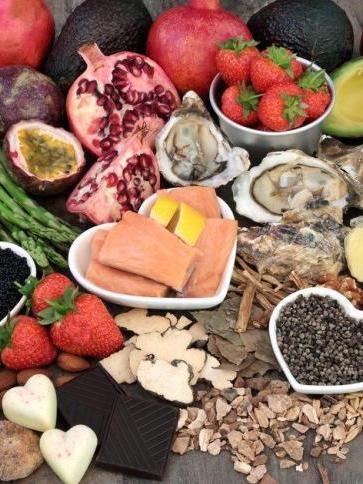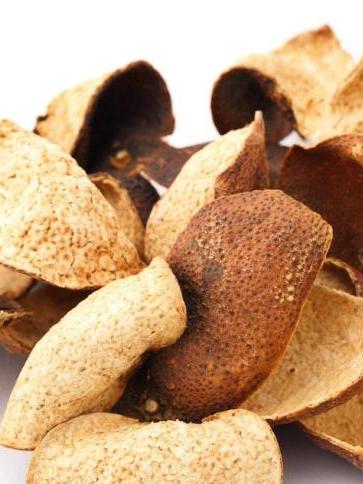Coriander has caused quite a stir in Japan during the last two years. In 2016, well-known food analysis organisation Gurunavi rated coriander cuisine as the Dish of the Year, and the herb has caught the eyes of women who are especially conscious of their health and the nutritional value behind their food. Now one can find a touch (in some cases a whole lot) of coriander in salad, ice cream, potato chips, sake, mojito, and even sushi and soy sauce. The Japanese even invented a new word "パクチスト" (pronounced as "pakuchisuto") to describe the “coriander fanatics”.

The Reversal of the Second Fiddle
In fact, coriander has a strong presence in everyday Taiwanese cooking, especially as on top of ba-wan, oyster vermicelli, pig’s blood cake, pork ball soup and popiah as garnish. For this reason, it was not without some surprised reactions when Taiwanese learned that coriander has stepped out of the shadow of other foods and come into its own.
Moreover, coriander has always been a love-it-or-hate-it kind of ingredient. Actor Yusuke Iseya is one of its biggest proponents, declaring it’s the soul of Asian cuisine. The feeling is shared by singer Mika Nakashima, who confessed her love for coriander water. But at the same time, a good amount of people liken its smell to stinky bugs or soap. You’d often hear “no coriander” when you’re ordering food among a group of friends. Indeed, the alkanal in coriander is also present in stinky bugs and soap. Some might be particularly sensitive to it depending on their sense of smell.

All About Coriander
Legend has it that coriander was brought to the east by Zhang Qian (164-114 BC) in Han Dynasty, whose was on diplomacy missions in central and western Asia. Compared to pests, drainage and hot and humid weather pose bigger problems to the growth of the herb. The root of coriander plant rots easily on soil that drains badly. Once harvested, the coriander needs to be kept fresh on crushed ice. The decreased level of minerals in the soil also forces the next batch of coriander to be planted on a new plot of land. In short, hard work is the name of coriander farming.
Beidou in the Changhua County is known for its ba-wan and the largest output of coriander in Taiwan. To overcome the difficulty in cultivation, the farmers there developed several solutions. They expanded size of land dedicated to growing the herb, so to alternate cultivation on different plots. Another tactic is laying hays on the field to adjust the temperature of the land, avoid direct contact with rainwater, and block the growth of weeds. A further benefit is the nutrients the hays provide to the soil after decomposed.
Interestingly, after the herb’s entry to the global gastronomic stage, Taiwan starts to see coriander in a new light, and chefs are keen to get creative with it. For instance, chef from Le Ruban Chocolat won his medal in the International Chocolate Awards by mixing coriander into chocolate. Pierrick Maire, executive chef at STAY Taipei (opened by renowned French chef Yannick Alléno, now closed), also used Taiwanese coriander in the summer menu last year to prepare a refreshing pineapple dessert and a separate sorbet bursting of zesty herbal flavour. Another advocate of the herb is the agricultural cooperative from coriander-rich Beidou. Substituting green tea with homemade coriander powder, it sells the inventive “Taiwanese matcha” mille crepe cake.
From supporting character to protagonist, from tradition to innovation, coriander is a fine example in recent years of food ingredients with limitless possibilities.
This article was written by Liu Liang-yin and translated by Vincent Leung. Click here to read the original version of this story.


















